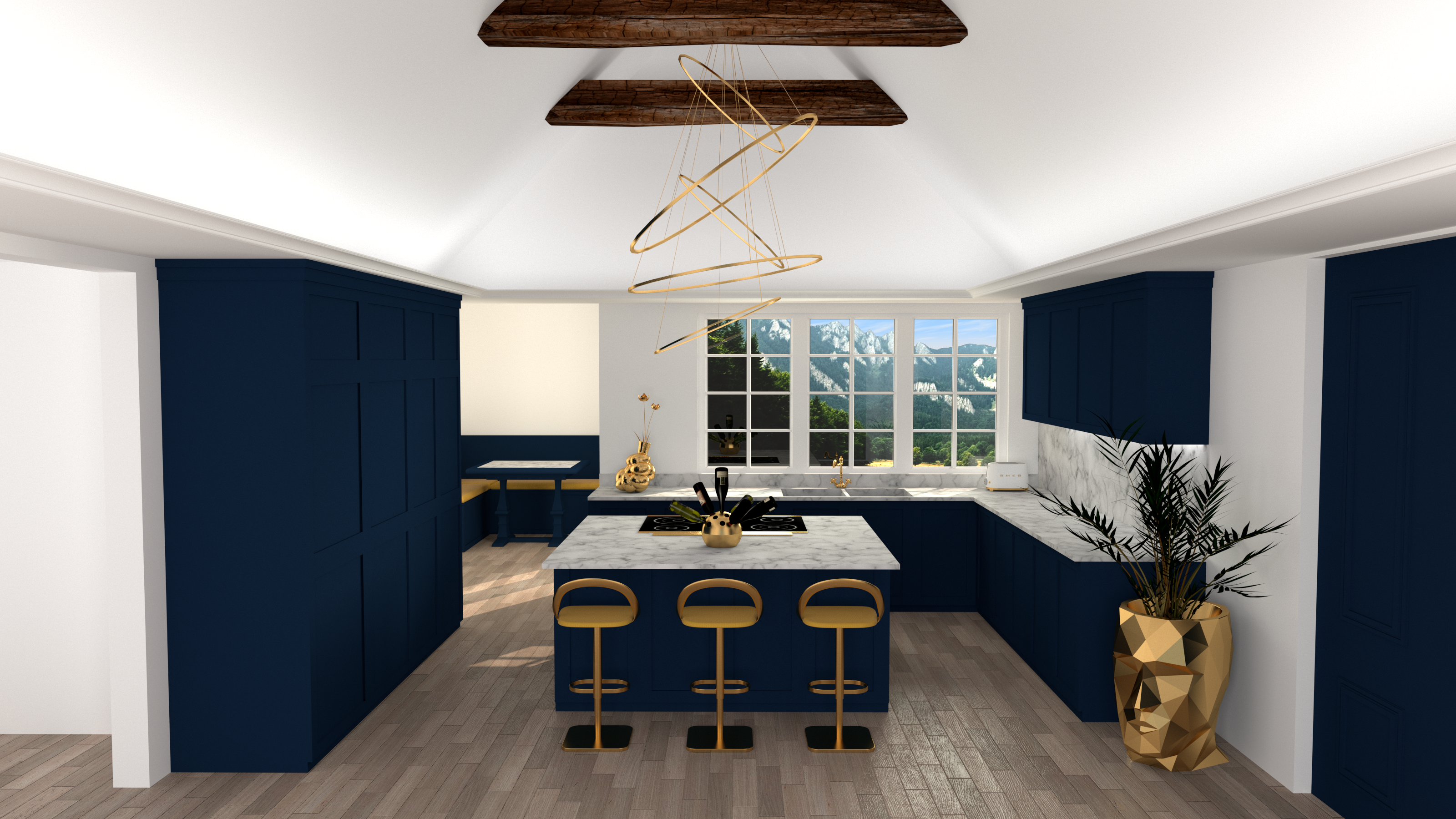Updated December 2025
If you’d like to focus on creating spaces that are both functional and appealing, a career in interior design could be an excellent choice.
Interior designers do much more than choose fabrics and furnishings. They design and plan every detail of a space from scratch.
Interior designers consider lighting, textures, acoustics, accessibility, building codes, and more. They analyze client needs, consider structural changes, create blueprints, order materials, and oversee the construction or installation process.
So how do you get started in this career? What exactly does it take to become an interior designer in Canada?
Keep reading for some helpful tips and advice.
CHOOSE FROM A DEGREE OR DIPLOMA IN INTERIOR DESIGN
You need post-secondary training to become an interior designer. That means you have to decide between a university degree and a college diploma.
Here's how these two options compare:
☑️ Diploma in Interior Design
A diploma in interior design typically takes between one and two years to complete.
It’s designed to lead straight to entry-level employment, so it only includes courses that are directly relevant to what you’ll be doing as an interior designer.
With a diploma, you can be ready to start your new career in a relatively short time.
☑️ Degree in Interior Design
A bachelor's degree in interior design is up to four years long. It’s intended to provide a more well-rounded experience, so it includes a number of general education courses like English and humanities.
A degree program gives you more in-depth training in the history and theory of interior design.
Which program is right for you?
That depends on your goals. Are you hoping for a broader design education? Or would you prefer to start working as an interior designer as soon as possible?
GET REAL INTERIOR DESIGN EXPERIENCE THROUGH AN INTERNSHIP
For anyone who wants to become an interior designer, there is no substitute for hands-on experience.
Interior design training that includes an internship can be a huge help, especially if you’re totally new to the field.
An internship gives you the opportunity to connect with local employers, work on real-world design projects, and build your confidence. In many cases, internships even result in job offers.
Herzing graduate Sergkei Theocharis did his internship at home furnishing company Primo International—and got hired there shortly after graduation.
“I worked on a lot of different projects during my internship. I helped the marketing team, did renderings for catalogues—every day was something new. It was a really good experience.
Now I design concepts for special projects, and have gone twice to the U.S. to help stage products at showrooms there.
I also create presentations and layouts of rooms for hotel developers who are interested in our products.”
PREPARE A PORTFOLIO
Employers want to see how you use your creativity and technical skills to produce actual designs.
That’s why every aspiring interior designer needs to put together a professional portfolio that showcases what they can do.
Any design work you do, even if it’s unpaid or done for friends and family, can go in your portfolio.
A good training program will include a variety of hands-on projects you can use to get started. For instance, graduates of Herzing’s interior design diploma program come out with a polished portfolio of both residential and commercial designs.
 A kitchen Sergkei designed for a class at Herzing College
A kitchen Sergkei designed for a class at Herzing College
You can check out other excellent examples of Sergkei’s work on Instagram: @theo_design.
Related: How to Make an Interior Design Portfolio
CONSIDER WHAT EMPLOYERS LOOK FOR WHEN HIRING INTERIOR DESIGNERS
To become an interior designer, you need to understand building codes and space planning principles.
Your technical skillset must include tools like:
☑️ AutoCAD
☑️ SketchUp
☑️ Microsoft Office
☑️ Adobe Creative Cloud
But to land your first interior design job, you also need to know what characteristics and qualities employers want. That way, you can highlight those things on your resume and during interviews.
We surveyed current job postings for junior designers to see what soft skills companies are looking for. Our research showed that employers want candidates who are:
☑️ Organized
☑️ Able to juggle and prioritize multiple tasks
☑️ Resourceful
☑️ Detail oriented
☑️ Excellent communicators
☑️ Able to work both independently and as part of a team
Ready TO BECOME AN INTERIOR DESIGNER?
Have a look at the interior design diploma program at Herzing College. Training takes 18 months and an eight-week internship is included.
Click below to get full details on the interior design program and chat live with an admissions advisor. We’re here to help!







